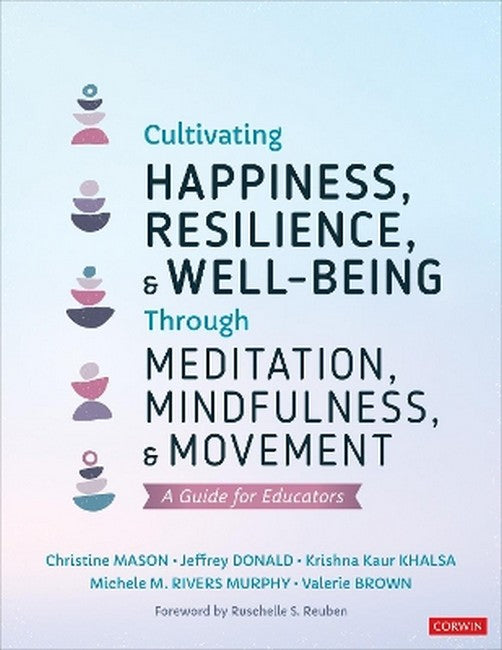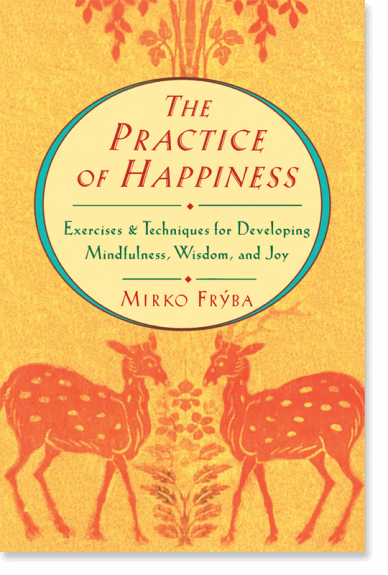Mindfulness Practices for Happiness: A Guide to Finding Joy in the Present Moment
In today’s fast-paced world, it’s easy to get caught up in the chaos of daily life and forget to take a moment to pause and appreciate the present moment. Mindfulness practices offer a powerful tool for cultivating happiness and finding peace amidst the hustle and bustle of modern life. By learning to focus on the present moment with a non-judgmental awareness, we can cultivate a sense of contentment and fulfillment that transcends our external circumstances. In this article, we will explore a variety of mindfulness practices that can help you find happiness and joy in your everyday life.
1. Mindful Breathing
One of the simplest and most effective mindfulness practices for happiness is mindful breathing. By paying attention to the sensation of your breath as it enters and leaves your body, you can anchor yourself in the present moment and cultivate a sense of calm and peace. To practice mindful breathing, find a comfortable position and close your eyes. Take a few deep breaths, focusing on the sensation of the air entering and leaving your nostrils. Notice the rise and fall of your chest and abdomen with each breath. If your mind wanders, gently bring your attention back to your breath without judgment.
2. Body Scan Meditation
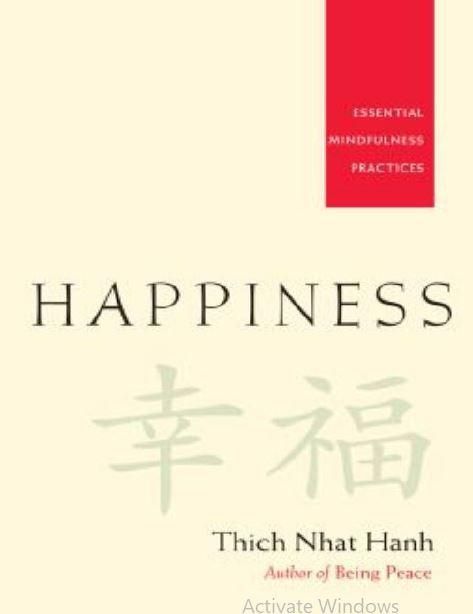
Body scan meditation is a powerful mindfulness practice that involves systematically focusing on each part of your body, from head to toe, and paying attention to any sensations you may be experiencing. This practice can help you develop a deeper awareness of your body and cultivate a sense of acceptance and self-compassion. To practice body scan meditation, find a quiet space and lie down on your back. Close your eyes and bring your attention to your breath. Begin to scan your body, starting with your head and moving down to your toes. Notice any areas of tension or discomfort and simply observe them without trying to change them. By bringing awareness to your body in this way, you can release tension and cultivate a sense of relaxation and well-being.
3. Loving-Kindness Meditation
Loving-kindness meditation is a mindfulness practice that involves cultivating feelings of love, compassion, and goodwill towards yourself and others. By generating feelings of kindness and compassion, you can cultivate a sense of connection and empathy that can lead to greater happiness and fulfillment. To practice loving-kindness meditation, find a quiet space and sit comfortably. Close your eyes and bring to mind someone you love deeply. Repeat a series of phrases such as May you be happy, may you be healthy, may you be safe, may you be at ease while focusing on the feelings of love and warmth in your heart. Gradually extend these feelings of loving-kindness to yourself, a neutral person, a difficult person, and all beings. By cultivating feelings of love and compassion in this way, you can open your heart to greater happiness and connection with others.
4. Mindful Walking
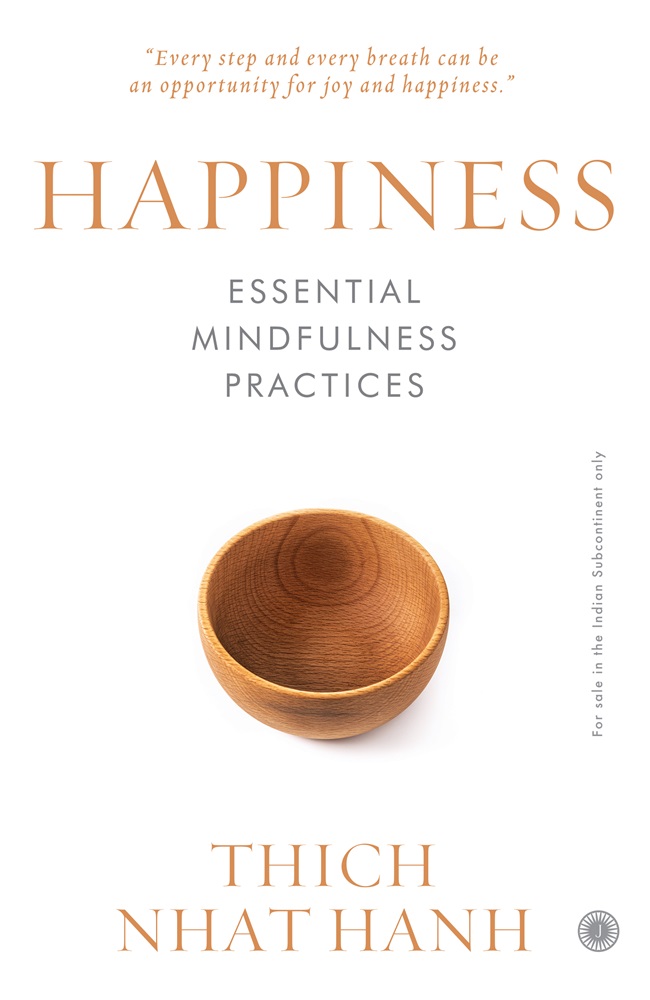
Mindful walking is a simple yet powerful mindfulness practice that involves bringing awareness to each step you take and the sensations of walking. By focusing on the physical sensations of walking, you can anchor yourself in the present moment and cultivate a sense of groundedness and peace. To practice mindful walking, find a quiet place to walk where you won’t be disturbed. Begin to walk slowly and deliberately, paying attention to the sensation of your feet touching the ground. Notice the movement of your body as you walk and the sights and sounds around you. If your mind wanders, gently bring your attention back to the sensations of walking without judgment. By practicing mindful walking, you can cultivate a sense of presence and connection with the world around you, leading to greater happiness and peace.
5. Mindful Eating
Mindful eating is a mindfulness practice that involves bringing awareness to the process of eating and savoring each bite of food with mindfulness and gratitude. By slowing down and paying attention to the tastes, textures, and smells of your food, you can cultivate a deeper appreciation for the nourishment it provides and enhance your enjoyment of meals. To practice mindful eating, choose a meal or snack to eat mindfully. Sit down at a table without distractions and take a few deep breaths to center yourself. Take a moment to appreciate the colors and textures of your food before taking your first bite. Chew slowly and savor each bite, paying attention to the flavors and sensations in your mouth. Notice the feelings of hunger and fullness that arise as you eat. By practicing mindful eating, you can develop a healthier relationship with food and cultivate a greater sense of satisfaction and contentment.
6. Gratitude Journaling
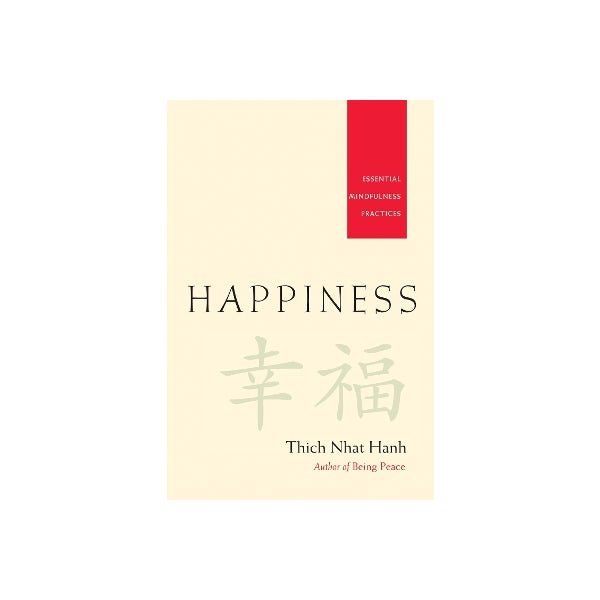
Gratitude journaling is a mindfulness practice that involves reflecting on the things in your life that you are grateful for and writing them down in a journal. By focusing on the positive aspects of your life and expressing gratitude for them, you can cultivate a sense of appreciation and joy that can lead to greater happiness and well-being. To practice gratitude journaling, set aside a few minutes each day to reflect on the things you are grateful for. Write down at least three things that you appreciate, no matter how big or small. Focus on the feelings of gratitude that arise as you write and allow yourself to bask in the warmth and positivity of these reflections. By making gratitude journaling a regular practice, you can train your mind to focus on the good in your life and cultivate a sense of abundance and contentment.
7. Mindful Digital Detox
In today’s digital age, it’s easy to become overwhelmed by constant stimulation and distractions from smartphones, computers, and other electronic devices. A mindful digital detox involves taking a break from technology and reconnecting with the present moment through offline activities that promote mindfulness and relaxation. By unplugging from screens and distractions, you can cultivate a sense of presence and connection with yourself and others, leading to greater happiness and well-being. To practice a mindful digital detox, set aside a designated period of time each day to disconnect from your devices. Engage in activities such as reading a book, going for a walk, or spending time in nature without the distractions of technology. Notice how you feel when you unplug and allow yourself to fully immerse in the present moment without the constant buzz of notifications and updates. By incorporating regular digital detoxes into your routine, you can create space for mindfulness and reflection, leading to greater peace and happiness.
8. Mindfulness-Based Stress Reduction (MBSR)
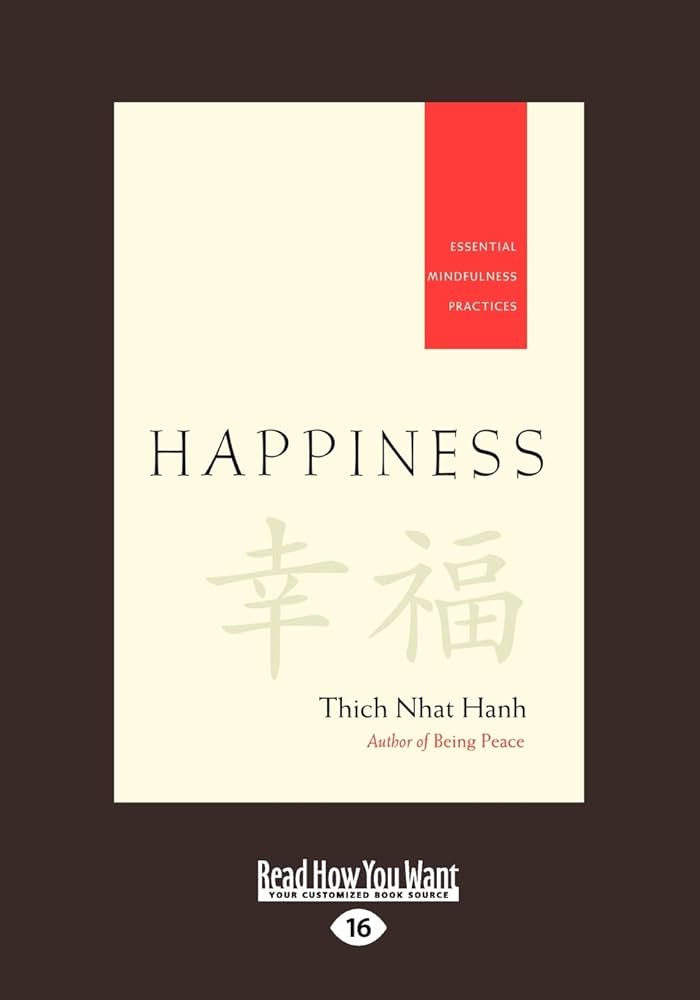
Mindfulness-Based Stress Reduction (MBSR) is a structured mindfulness program that combines mindfulness meditation, body awareness, and gentle movement practices to reduce stress and promote overall well-being. Developed by Jon Kabat-Zinn in the 1970s, MBSR has been shown to be effective in reducing symptoms of stress, anxiety, and depression and improving quality of life. The program typically involves weekly group sessions led by a trained instructor, as well as daily mindfulness practices that participants can do at home. By learning to cultivate mindfulness in everyday life, participants can develop greater resilience and capacity to cope with the challenges of modern life, leading to greater happiness and fulfillment.
Conclusion
In conclusion, mindfulness practices offer a powerful tool for cultivating happiness and finding joy in the present moment. By incorporating practices such as mindful breathing, body scan meditation, loving-kindness meditation, mindful walking, mindful eating, gratitude journaling, mindful digital detox, and MBSR into your daily routine, you can cultivate a sense of presence, connection, and well-being that transcends external circumstances. Whether you’re looking to reduce stress, improve your mood, or enhance your overall quality of life, mindfulness practices can help you find greater happiness and fulfillment in everyday life. So take a moment to pause, breathe, and connect with the present moment – the key to happiness lies within you.
